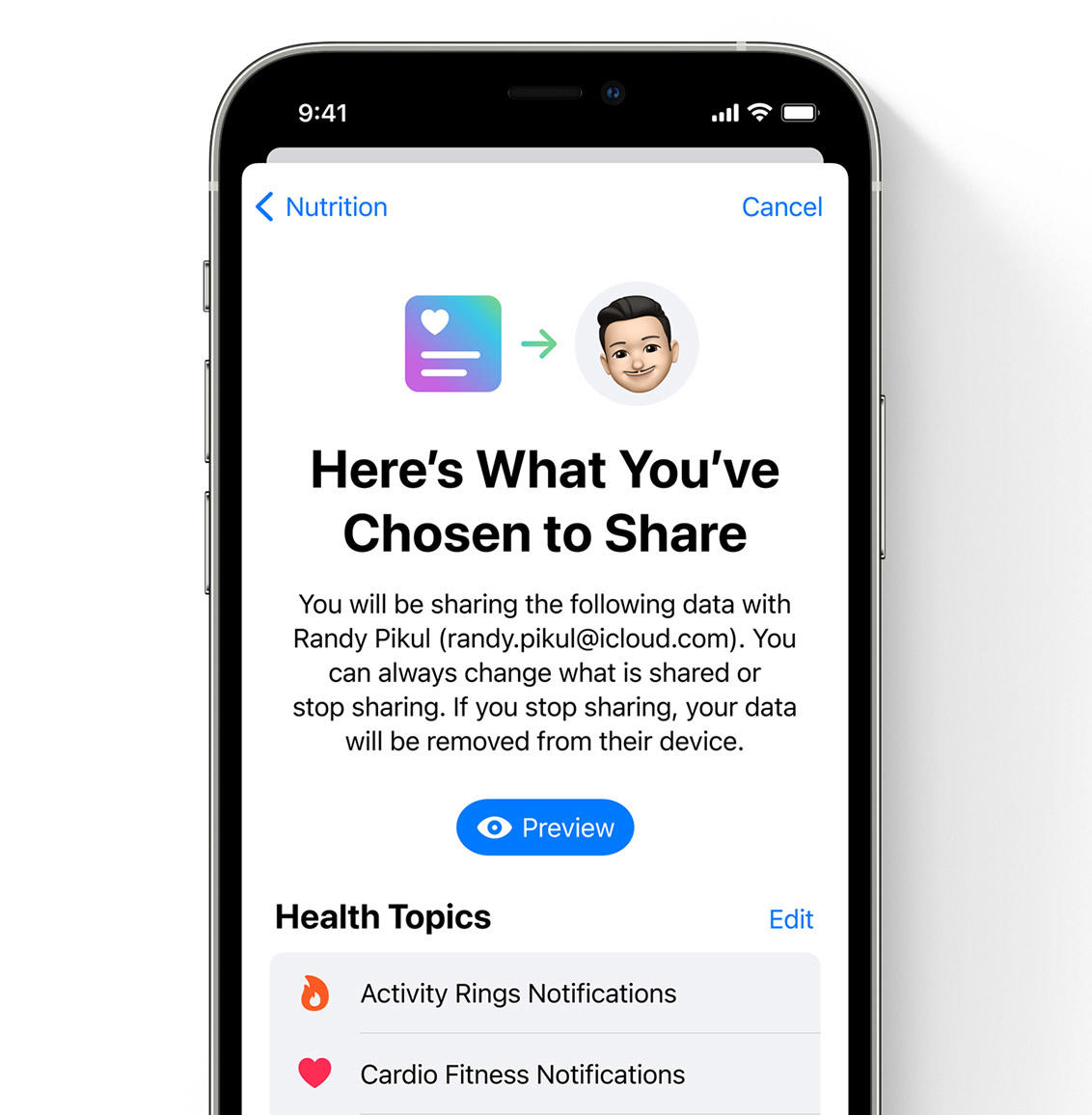
Apple on Monday introduced a series of new health features that incorporates the technology brand deeper into users’ everyday healthcare routine, as well as their professional care experience.
The new features and capabilities, introduced during the WWDC keynote address, include new ways to share private health data with doctors and loved ones. It also includes new ways to track your health, include a first-of-its-kind Walking Steadiness metric designed to prevent dangerous falls.
Health has been a key area of focus for Apple. In early 2019, Apple CEO Tim Cook said on CNBC, “If you zoom out into the future, and you look back, and you ask the question, ‘What was Apple’s greatest contribution to mankind?’ It will be about health.”
Since then, Apple has forged partnerships with major players in the health sector with products like Apple Health Records, which gives consumers a hand-held electronic health records (EHR) system. Apple has also offered up its technology as part of a global response to the COVID-19 pandemic.
The iPhone already captures the way users walk. Now, users can assess their risk of falling with Walking Steadiness. The metric uses built-in motion sensors to measure how fast and evenly you walk, the length of your steps, and timing — right down to how long you have your feet on the ground. Using real-world data from the Apple Heart study, Apple has leveraged the largest dataset ever used to create fall risk.
With the Apple Health app, users will see if their steadiness is “Ok.” They can also see how their steadiness changes as the months go by. They can also learn to improve their steadiness with movement exercises in the Health App.
The Health App is also adding more context to lab results visible in the app. Users can also view lab results for information such as their cholesterol levels. Now, they’ll see information to help them understand that data. For instance, the app would tell you that LDL is bad cholesterol and whether your cholesterol is in the expected range.
The Health app also now includes Trends to deliver insight into long-term changes with respect to sleep, steps, blood glucose, and more.
Meanwhile, Apple is now partnering with Electronic Health Record companies, including Cerner and Meditech, to give users the ability to share their Apple Health data directly with healthcare providers. Apple stressed that the data is shared privately and that not even Apple will have access to the information shared.
Apple is also letting users share their health data with other individuals. A user may choose, for instance, to share their health data with their adult child. In this scenario, a user could see their parent’s health data and receive notifications such as high heart rate alerts or changes in mobility. The data is encrypted in transit and at rest, and users have granular control over which types of data to share and with whom.






















